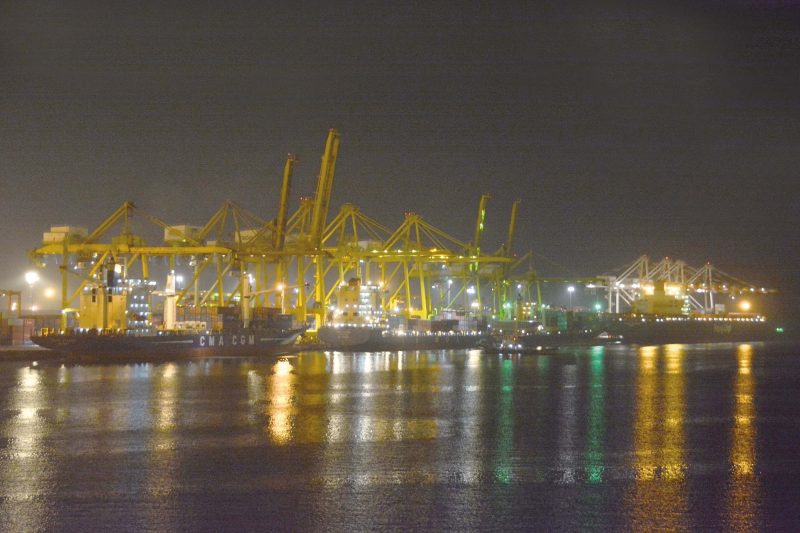
The new port of Laem Chabang (Cape Chabang) lies on the south eastern shore of the Gulf of Thailand around fifty nautical miles from the entrance to the slowly meandering Chao Phraya (Menam) river leading to the Port of Bangkok by sea, and around one hundred miles by road. It lies on Pattaya Bay to the north of Pattaya City with its tourist beaches and night life, and to the south of Chon Buri. It began operating in 1991 to take over some of the overflow port traffic of the Port of Bangkok, which was unable to take the larger draft ships, and it has since grown into one of the largest container ports in the world. The Port of Bangkok was known as Khlong Toei Port on the river Chao Phraya after its major reconstruction in 1947. The Port of Laem Chabang and the Port of Bangkok are both managed by the State owned Port Authority of Thailand (PAT), which works with government and private sector interests such as Hutchison Port Holdings and PSA International from its headquarters in Bangkok.
History Of Bangkok City And Port
Bangkok can trace its roots to a small trading post during the Ayutthaya Kingdom in the 15th century, which eventually grew into the site of two capital cities of Thonburi (1768) and Rattanakosin (1782). Forts were built on both banks of the river to protect the customs post, and the port prospered to lead to the modernisation of Siam, which was renamed Thailand in 1939. The French were expelled from Siam after their unsuccessful siege of 1688. The reign of absolute monarchy began in 1782 with the accession of King Rama I to the throne of Siam. There have been a total of ten Rama Kings up to the present time, as follows:-
- Rama I (1782-1809) – established the dynasty and moved the capital to Rattanakosin Island, developing the Port of Bangkok, and building a Grand Palace and the Wat Pho temple with a seven kilometre city wall.
- Rama II (1809-1824) – expansion of Siam through international trade with China, with the Port of Bangkok growing in step with the expansion of trade.
- Rama III (1824-1851) – expansion of Siam through international trade with the Western Powers, with the Port of Bangkok again expanding together with a canal system.
- Rama IV (1851-1868) – oversaw the introduction of steam locos and railways, printing presses, improvements to the Grand Palace, further port developments, and a long canal that gave small ships a more direct route to the port.
- Rama V (1868-1910) – oversaw the introduction of water, electricity and gas utilities and the Port of Bangkok underwent a program of public works. Much of the old port wall was demolished with bridges and the Wat Phra Kaeo temple constructed containing the Emerald Buddha. The first state railway was opened in 1900 connecting Bangkok and Phra Hakhon Si Ayutthaya.
- Rama VI (1910-1925) – survived a plot in 1912 by a group of Army officers to overthrow him. He continued the public works program, established a university, created the large Lumphini Park, as well as a system of locks to improve the access to the Port of Bangkok.
- Rama VII (1925-1935) – he decentralised municipal administration functions, and divided the Port of Bangkok into two areas (Krung Threp and Thon Buri), but a coup was staged on 24th June 1932 by a group of Army officers and a lawyer with only a handful of troops. Rama VII meekly submitted to this coup and it marked the end of 150 years of absolute monarchy. The King became only of symbolic significance and in 1935 he abdicated in favour of his ten year old nephew Ananda.
- Rama VIII (1935-1946) – the modern Port of Bangkok was constructed in 1938 but further development was interrupted by the start of World War II, during which the port suffered extensive Allied bombing. The ‘Boy King’ (Rama VIII) used advisers during the Japanese occupation of Thailand from 1942 to 1945. One of his advisers who had sided with the Japanese invaders usurped him, and he was shot dead in 1946, after which Thailand began a long period of military government, although the monarchy was allowed to continue with much reduced powers.
- Rama IX (1946-2016) – King Bhumibol took over after the assassination of Rama VIII and reigned for seventy years until his death on 13th October 2016.
- Rama X (2016-Present) – King Maha Vajiralongkorn was born on 28th July 1952 and took over after the death of his father, but allowed a period of mourning before he finally was crowned King of Thailand. The Chakri dynasty of monarchy is now one of the oldest monarchies in the world.
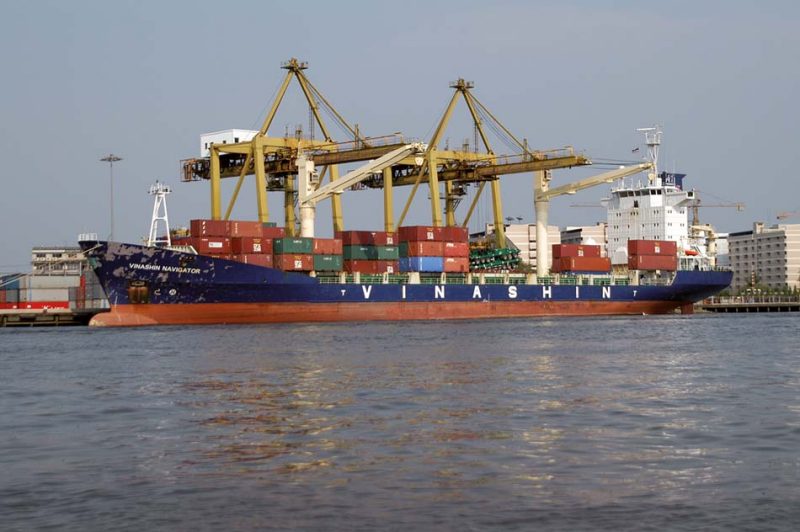
The city has an extensive canal system running through it and was very useful to the Port of Bangkok in the early days, with extensive boat services operating on the Chao Phraya river and the canals today. The fastest way of getting around in Bangkok, and the one with the best views, is by boat as the road system of the city is normally gridlocked. The city was founded on the east bank of the Chao Phraya river – the ‘River of Kings’ – as the ‘City of Angels’ and was designed to be negotiated by water, thus many of the large temples and monuments including the Grand Palace and Wat Arun have magnificent river facades.

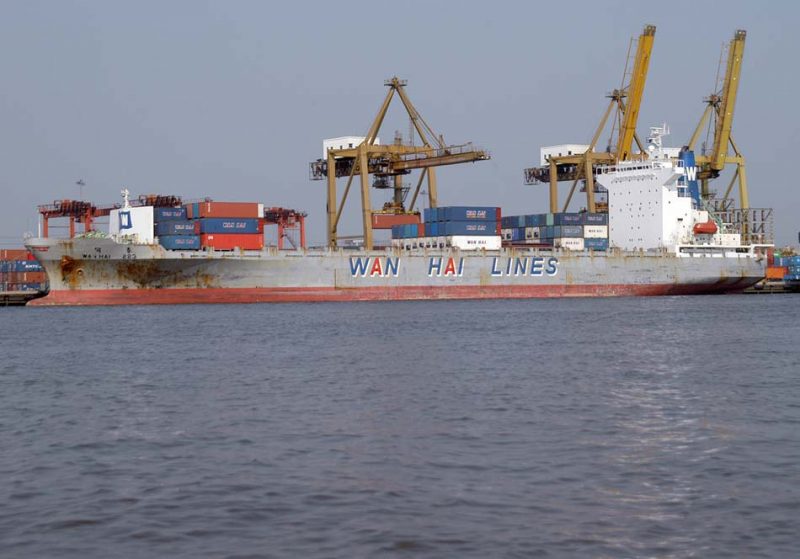
This network of Khlongs (canals) are fun to explore, especially in the traditional areas of the west bank or Thonburi district. The tourist river boats (known as ‘longtail’ boats) are extremely colourful with high prows and sterns. The economical ‘River Express’ service transports 50,000 tourists and commuters per day on 21 kilometres of canal from near Krung Thep Bridge in the south to Nonthaburi in the north, taking ninety minutes of fast transport. Convoys of tug pulled barges carrying rice, sugar, tapioca and other exports can be seen from these craft on the canals, destined for the Port of Bangkok at Khlong Toey. The beautiful Khlong Saen Saep canal runs east from Banglamphu to Sukhumvit and beyond with the water bus very busy daily with commuters, while the Thonburi canals visit atmospheric backwaters of the city where rickety wooden shacks rub shoulders with plush villas with posh waterside lawns.
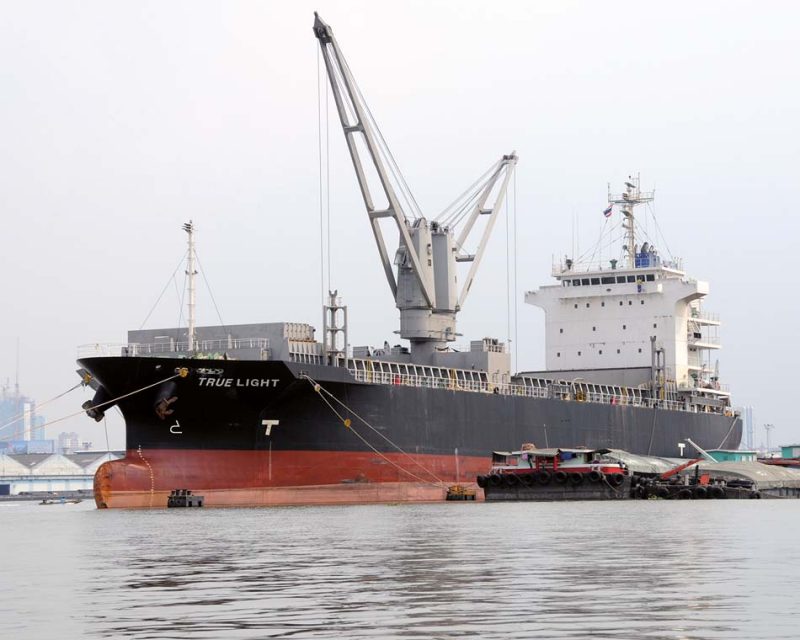
Beautiful colonial buildings and many glittering temples dominate the river, while upstream is the Bangyikan distillery, home of the fiery Bangkok Mekong brand whisky. The most modern of a dozen bridges crossing the river is the cable stayed Rama VIII Bridge, hanging asymmetrically from a single pylon erected on the Thonburi bank to comply with a law prohibiting tall structures within sight of the Grand Palace. There are three rapid transit rail systems named the BTS Skytrain, the underground Metro, and the elevated Airport Rail Link. The airport is located 25 kilometres to the east of Bangkok and is named Suvaarnabhuri Airport . Chinatown is an atmospheric district in southern Bangkok with warrens of alleys, lanes and tiny, narrow streets that cut through a mixture of shops, temples and restaurants. This district is best explored on foot, and part of its appeal is getting lost in a thriving neighbourhood that eventually leads one to the sight of the fabulous Golden Temple of Wat Phra Kaeo in the Grand Palace. There are 581 skyscrapers in Bangkok over three hundred feet in height, but there are also many slums in the city. One million people live in abject poverty in around 800 slum settlements, many of these are located near the Port of Bangkok in Khlong Toei District.
Subscribe today to read the full article!
Simply click below to subscribe and not only read the full article instantly, but gain unparalleled access to the specialist magazine for shipping enthusiasts.

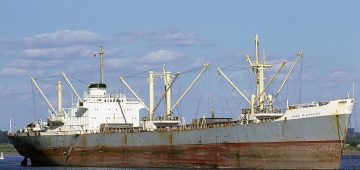




Comments
Sorry, comments are closed for this item